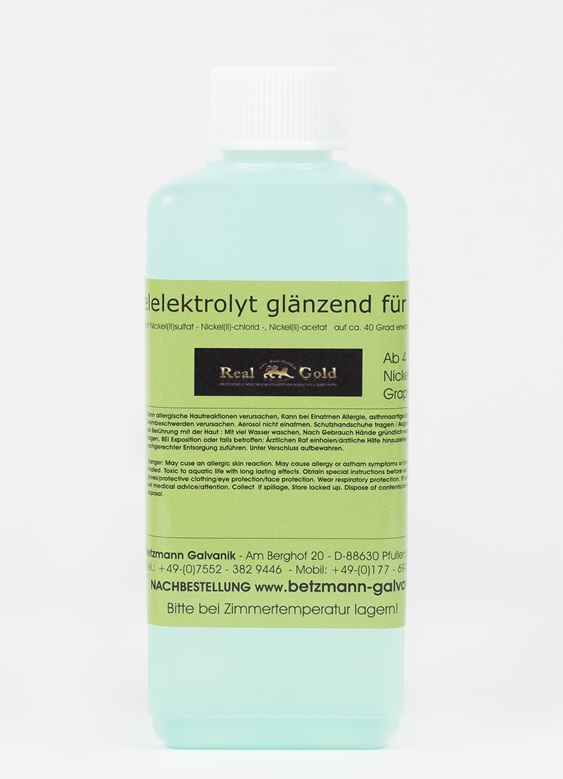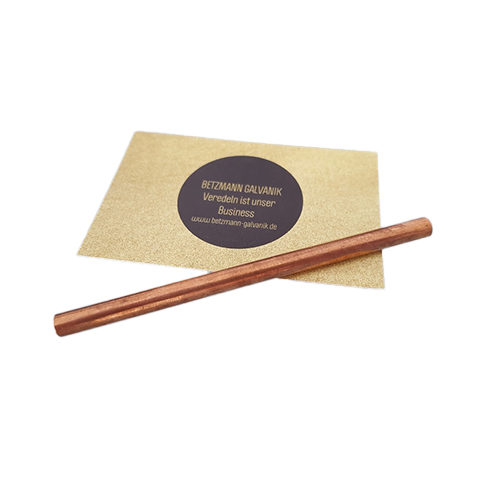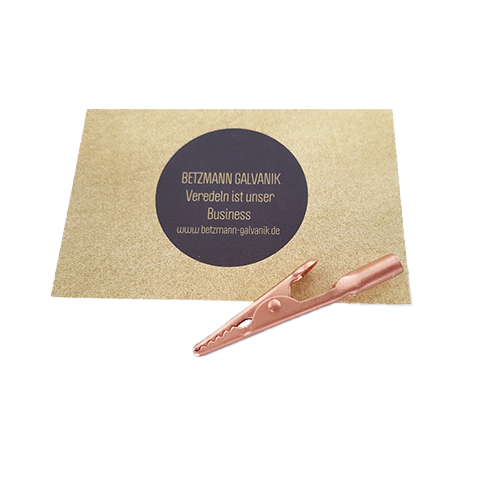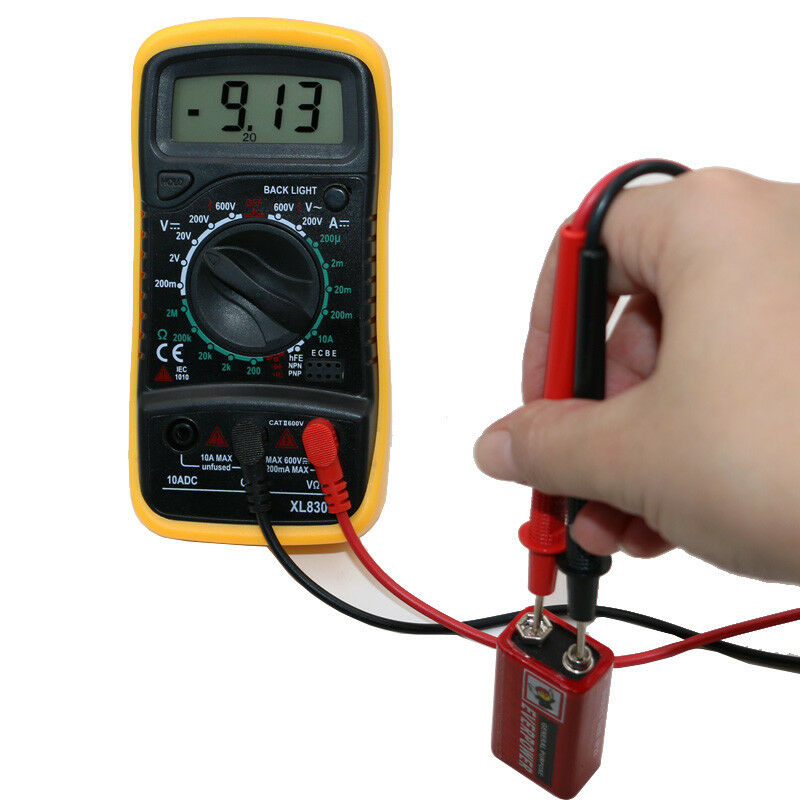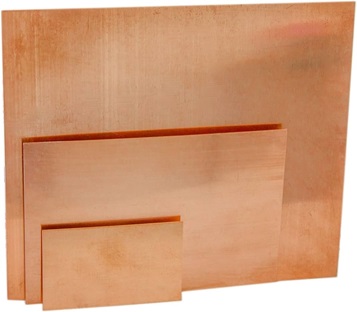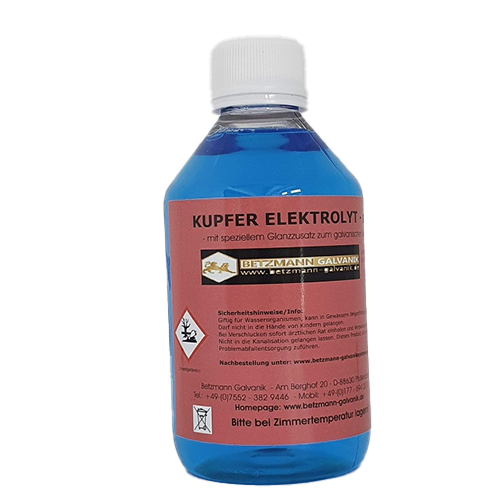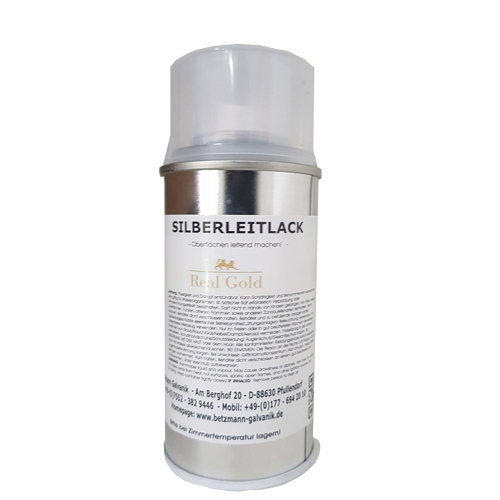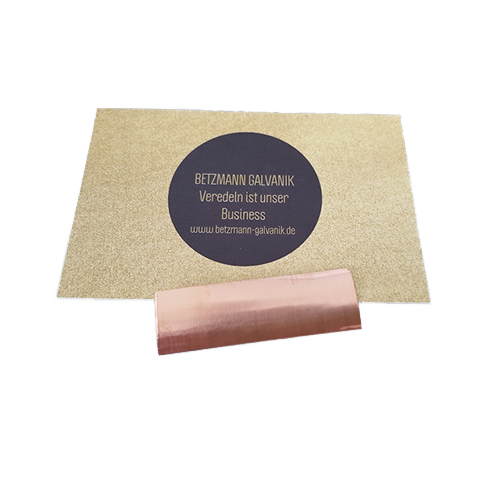Conductive copper lacquer
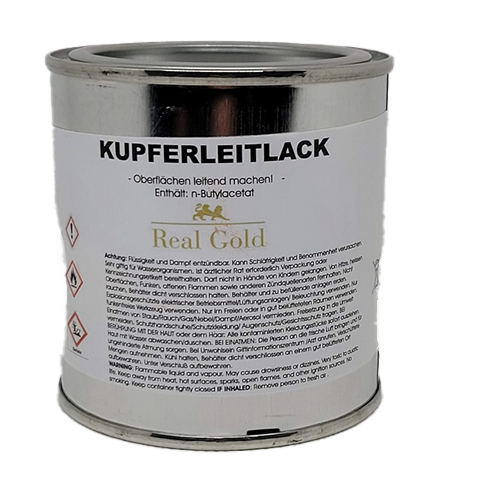
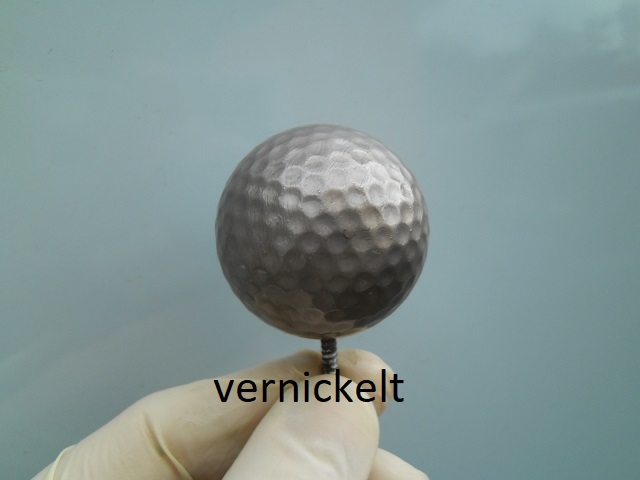
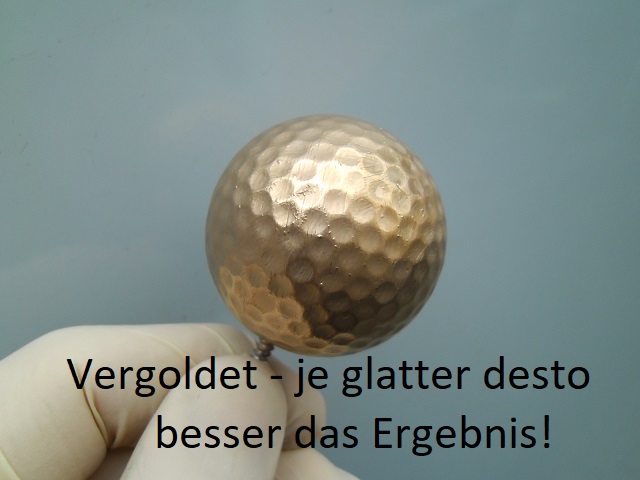
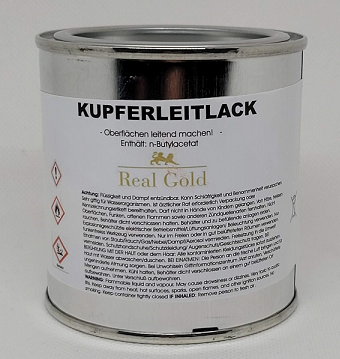












€20.30*
Available in 1 day, delivery time 1-2 days
Conductive copper lacquer from Betzmann Galvanik Real Gold
Copper conductive lacquer from Betzmann Galvanik
Product information copper conductive lacquer
Article description:
The copper conductive lacquer from Betzmann Galvanik at a glance:
50 or 200 ml copper conductive lacquer for electroplating
for airbrush and brush
non-conductive objects can be made conductive
plants and natural objects can be electroplated
easy and filigree application possible
With the copper-based Galvano conductive lacquer from Betzmann Galvanik, you can coat works of art and gifts made of glass, ceramics, plastic and many other materials with a shiny layer of metal even in a short time. Perfect as an exclusive gift or for your own showcase! Also very suitable as a decorative varnish due to the strong gloss effect.
Simply apply the copper conductive lacquer thinly with a brush on the cleaned surface. The copper conductive lacquer dries smudge-proof within 10 to 15 minutes and thus allows a quick processing of the workpieces. Complete drying for optimum hold on stressed surfaces takes approximately 12 - 36 hours at room temperature. The varnish can be thinned with butyl acetate or isopropanol. The next step is to connect the item with a wire and copperplate it in the acidic bright copper electrolyte from our store. A robust layer of copper will then be deposited. In the last step you can still nickel, silver and also gold or chrome plating the copper!
Due to its lower price and high electrical and thermal conductivity, the copper conductive lacquer is thus the perfect alternative to silver conductive lacquer. Please note that copper plating must be carried out in the acidic copper electrolyte in the first step, as this activates the conductive lacquer. After copper plating, the metal layer is abrasion-resistant.
Suitable materials: plastic, glass, ceramics, plants, wood and many other electrically non-conductive materials.
Drying time: 5-15 minutes (smudge-proof), 1-3 days (complete for maximum demands)
20 mL is enough for an area of up to one square meter - so very productive!

0 of 0 reviews
Login
Similar Items
Content: 0.1 Liter (€91.60* / 1 Liter)
Content: 0.1 Liter (€90.00* / 1 Liter)
Content: 0.15 Liter (€330.00* / 1 Liter)

